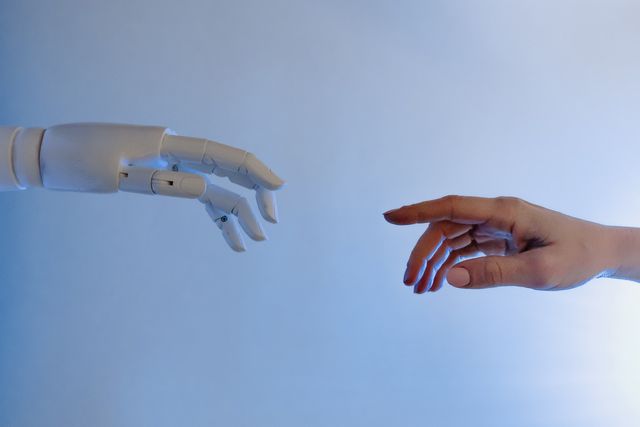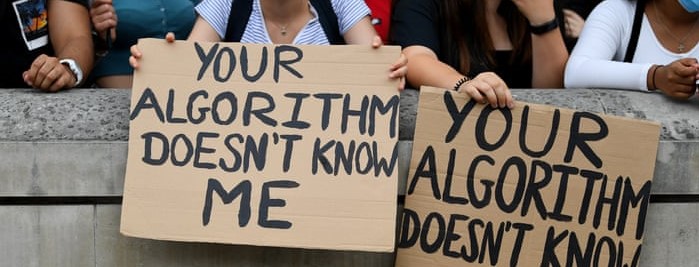
Artificial intelligence (“AI”) and the Education industry aren’t a particularly likely pair. Although most people encounter some form of AI on a daily basis – social media, for example, is deeply rooted in user-based algorithmic curation – they tend to bump into it in more technology focused environments.
Education, for the most part, had not seen the same investment in tech that other industries have. All this has changed since the start of the pandemic, however, when educational establishments were forced to move online or risk losing their ability to teach entirely.
We have seen an exponential rise in online learning across the globe. From the comfort of their own homes, students can now attend lessons, talk with their tutors, and sit exams.
This, of course, has led to many educational establishments embellishing their tech stacks with new solutions to meet the changing needs of post-pandemic world. So how does AI fit into all of this?

AI really has two core appeals: its ability to handle menial tasks and free up the capacity of human workers, and the way in which is can process and learn from large sets of data.
Since adopting online learning models, education workers have had access to more of their students’ data than ever before, be it in the form of page views, session durations, or what content is actually viewed. This means that students’ engagement can be quantitatively measured and processed in real time.
Enter: AI. Software solutions that help teachers interpret and understand all these newfound data have, to no-one’s surprise, skyrocketed in popularity over the last year. Some of the most popular AI systems in education at the moment are those that can predict learning patterns based on past students’ data, allowing for teachers to focus on the tagged gaps in their class’ knowledge.
In theory, AI systems like these should make teaching fairer, more efficient, and more effective. Teaching staff will be able to identify potential challenge areas well in advance and therefore adapt their strategy.
In an ideal world this sounds, well, ideal. Omnibenevolent computer systems working in harmony with human teaching staff to attain the best possible outcome for students. In reality, of course, the problem becomes a lot more complex.
Currently, many of these algorithms work by analysing data from past students’ performance, extrapolating averages, then calculating likely grades based on these averages.
This, for some, is where the practice of AI-assisted grading becomes ethically murky. Take last year for instance – a similar system was used to grade GCSEs and A levels in the UK, due to a lack of markable exams owing to Covid restrictions. Many students were left feeling cheated by a system that felt devoid of human understanding.

Although some might say the pure mathematics of these systems is exactly what makes them inherently fair, others argue that the nuance of a human being’s understanding is a necessary caveat when deciding life-mapping qualifications like academic results.
It is fair to say that AI is still somewhat in its infancy and – much like how you wouldn’t trust a toddler to run a country (unless, of course, you come from the UK or US) – you shouldn’t fully rely on an undeveloped technology to grade the next generation of children’s schoolwork.

As it currently stands, AI offers an ever-growing suite of tools to those working in the education space. From freeing up time spend on menial tasks, to suggesting lessons based on students’ achievement, the uses for the technology will only continue to proliferate in the years to come.
For now, it seems there is a balance to be struck between exploiting the cold heart of AI for all its worth, while continuing to supplement its output with the warm soppiness of human emotions.
Until we reach the point of genuine artificial intelligence – a system that could pass the Turing Test and shows abstract and original thinking – AI will remain a tool to help us understand trends and automate processes.
If you work within the education space, consider subscribing to our newsletter for the latest industry news and insights. Polestar has experience working across a range of transactions in the education sector – if you’re looking to get transaction ready, why not give us a call?
“I think there’s an ethical question; should you judge a current student’s potential based on their past performance and somebody else’s performance?”